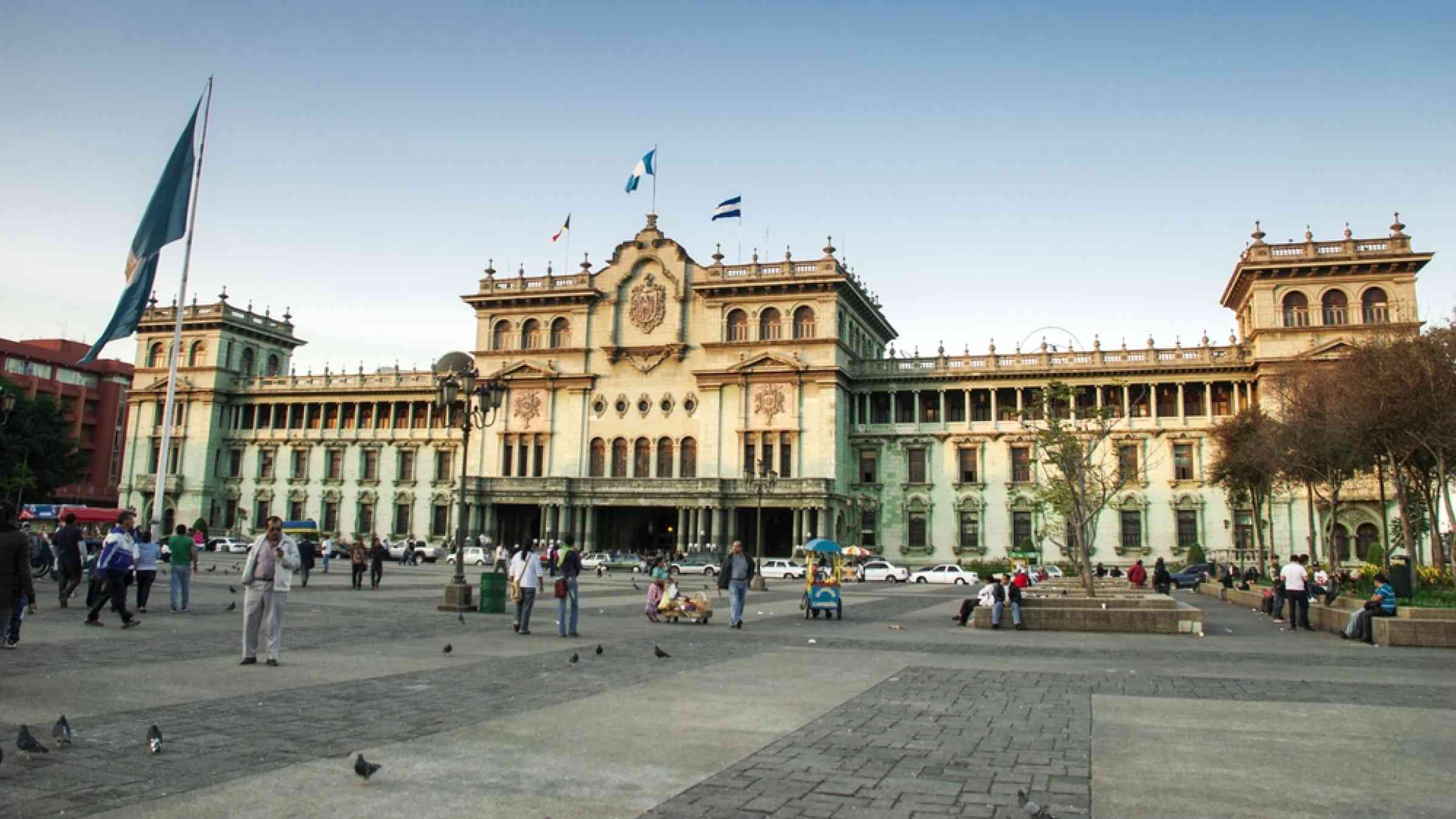Mexico and Guatemala share their experiences to strengthen early warning systems

In a joint effort to improve earthquake preparedness capacity, representatives from Mexico City and Guatemala City met virtually on June 23rd to exchange experiences and strengthen their seismic early warning systems. This technical meeting, which is part of the Early Warnings for All (EW4ALL) initiative, underlines the importance of cooperation in risk management, especially given Mexico City's role as a Resilience Node of the Making Cities Resilient 2030 Initiative (MCR2030).
The event was attended by local authorities and experts from both cities, including representatives from the Secretariat for Integrated Risk Management and Civil Protection (SGIRPC) of Mexico City, the Municipality of Guatemala City, the National Disaster Prevention Centre of Guatemala City, the National Centre for Disaster Prevention (CENAPRED), the Centre for Seismic Instrumentation and Registration (CIRES), and the Institute of Seismology, Volcanology, Meteorology and Hydrology of Guatemala (INSIVUMEH), as well as the United Nations Office for Disaster Risk Reduction (UNDRR).
During the session, crucial issues such as the dissemination and reaction of the population to the warnings were addressed. The need for coordination between governmental entities and the integration of advanced technologies was highlighted, as well as the continuous education of the population on how to react to warnings.
The importance of collaborative governance, reliable equipment, and integrated local risk management
Enrique Guevara, the director of CENAPRED, explained that Mexico City's seismic warning system has been developed over several years, integrating regulatory policies, resources, and institutions. He stressed the importance of collaborative governance involving the public, private, social, academic, and general public sectors. "The key to coordinating and implementing effective actions is collaboration among all actors," said Guevara.
Juan Manuel Espinoza of CIRES pointed out the evolution of Mexico City's seismic warning system from its experimental beginnings in 1991 to its consolidation in 1993. He stressed the need to maintain high equipment reliability and to expand the system's coverage to areas such as the state of Chiapas, which could benefit from bilateral cooperation with Guatemala.
Guillermo Ayala from SGIRPC spoke about the importance of information and the integration of the early warning system in local risk management, using tools such as the Risk Atlas, which contains 2,499 layers for the analysis and evaluation of different hazards.
Recommendations for stronger collaboration
The meeting concluded with a series of recommendations to strengthen collaboration between Mexico and Guatemala, including the adoption of the Common Alert Protocol (CAP) and the development of monitoring and warning systems.
Saskia Carusi, deputy chief of UNDRR - Regional Office for the Americas and the Caribbean, highlighted the need to improve governance and risk communication to ensure an effective early warning system.
"Institutional, legal, and budgetary changes, as well as the implementation of protocols, are fundamental to achieve effective governance that interlinks the four pillars of these systems," she said.
Myriam Urzúa of the SGIRPC stressed the importance of a comprehensive monitoring system that oversees various hazards to strengthen urban resilience, as it is essential to protect the population and make informed decisions.
"Our system not only monitors seismic activity but also other phenomena such as volcanic activity and meteorological events," she added.
This meeting marks a significant step towards the integration of regional efforts in disaster risk management and the implementation of more robust and effective early warning systems in local management, benefiting millions of people in both cities.